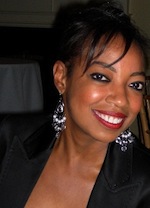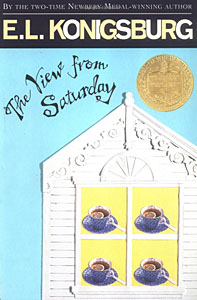An It's Complicated! — Book Covers guest post by Felicia Frazier, Senior Vice President & Director of Sales at Penguin Young Readers Group.
I would like to begin my post with a point of clarification that my opinions regarding diversity in publishing are based on my opinion and experience that may not be the perspective of my publisher. As a 20 year publishing veteran I have held many positions including Event/Exhibit Planning, Marketing, and Brand Management but my greatest and longest tenure has been as a sales strategist. I currently lead the best sales team in publishing. It is a position of strategic planning and challenging assumptions with the goal of reaching our consumers.
A side lesson...





